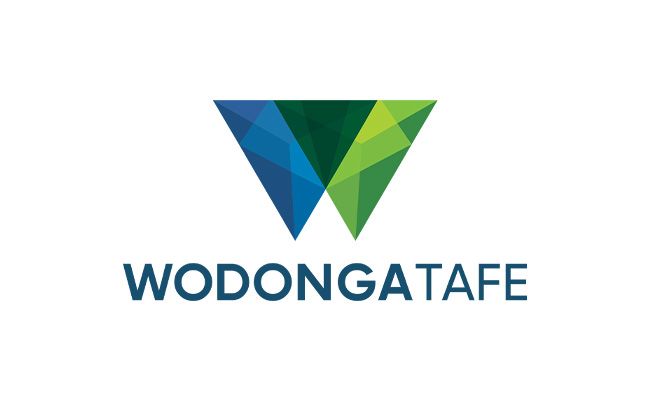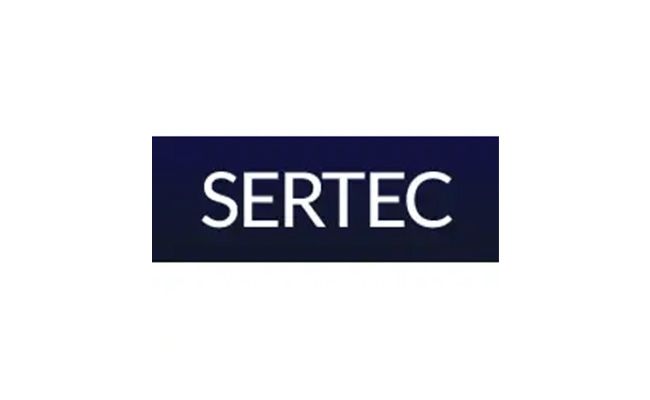CUSTOMER PROFILE
ABOUT
Alzheimer’s Society assists people affected by dementia, providing help and hope to both carers and those living with the condition in the United Kingdom. Alzheimer’s Society offers a range of support services, including a Dementia Support Line, visits in person to those living with dementia and their carers, and opportunities to connect with others in the community, as well as funding dementia research.
LOCATION
Headquartered in London, England
GOALS
- Provide dementia-friendly service to callers in need
- Greater autonomy to define KPIs and call flow
- Improve email service capabilities
- Increase donor pool
FEATURES
- Cloud-based contact center and unified communications
infrastructure
- Call recording and QA monitoring
- Sentiment analysis
- Sophisticated email analytics and processing queue
- Salesforce integration
- Microsoft Dynamics integration
Dementia support and research charity Alzheimer’s Society (UK) found that many developers of contact center and back-office software solutions have a difficult time understanding the needs and priorities of non-profit organizations. This caused friction and difficulty with its previous contact center vendor, which was inflexible and not well-suited for either of the Society’s contact center teams engaged in fundraising and dementia support. Alzheimer’s Society engaged NICE partner FourNet to implement the versatile omnichannel cloud-based CXone solution, guided by input from people with lived experience dealing with dementia. This has delivered strong and immediate user acceptance, the ability to handle higher daily call volumes without compromising on service-first principles, and set the stage for more growth and sophistication.
01 THE BEFORE
A mission-based organization struggles to be heard
Alzheimer’s Society serves individuals and families dealing with dementia across the United Kingdom with two contact center teams. One focuses on support; the other engages in fundraising to advance its mission and research into dementia treatment. These teams used a private-cloud contact center solution that didn’t fit the Society’s needs or its mission. “The reporting facility was lackluster, even down to the ability to look at call volumes past the current month,” said Paul West, Alzheimer’s Society IT project manager.
Leadership found it difficult to configure the contact center system to help it achieve its service-first goals. Each contact channel had to be managed independently and the email was handled through shared inboxes with no automation or value-added insight. “We couldn’t even close our own phone lines when needed, such as if a fire alarm forced us to evacuate and 90% of the call center staff were temporarily unavailable,” West said. “It all added up to feeling a real lack of autonomy.”
02 DESIRE TO CHANGE
Inefficiencies leading to missed opportunities to serve and grow
Upon deeper review, the Alzheimer’s Society recognized that the limitations of its previous contact center solution were more than irritations—they were actively interfering with the organization’s mission. Buggy integration with Salesforce and a poor payment capture experience meant that many attempted donations were not being successfully received. Difficulties with the contact center lines led to dropped calls, or calls being inappropriately routed to the organization’s overflow/after-hours vendor. There was no workforce management, nor integrated call recording and review.
As dementia affects so many UK citizens (one in three will be touched by the condition according to the Society), leadership recognized the need to take better control of its key service and fundraising efforts. With significant growth in staffing expected, Alzheimer’s Society needed stronger integration with CRM, true workforce management capabilities, and the ability to tailor KPIs to a service-first mentality rather than conventional efficiency.
03 THE SOLUTION
Collaborating on a mission-first, dementia-friendly experience
Alzheimer’s Society engaged NICE partner FourNet on the design and implementation of a new CXone-based contact center for 150 agents across both the donation and dementia services front-line teams. Society leadership engaged individuals with both clinical and lived dementia experience around a simpler and more consistent IVR and contact center KPIs and workflows which reflect oftenchallenging agent responsibilities. Instead of emphasizing shorter calls and greater throughput, the solution is configured to reduce friction, decrease post-call work, and empower agents to take recovery time if needed after a particularly difficult engagement.
The teams collaborated on a comprehensive training program for agents learning the new workflow. Implementation and go-live dates were carefully planned to ensure that teams were fully prepared and that caller services were not disrupted. Fundraising went live in August 2023, with the support line team following one month later. Society contact center leadership has greater control over the infrastructure and call routing, and has integrated email handling for a simpler workflow.
With CXone Workforce Management capabilities now in place, the support team now has a specialist analyzing data and more efficiently scheduling the Society’s network of support agents to meet projected caller demand. The WFM solution is also expected to help the Society more effectively hire agents needed to cover both growth and attrition. Supervisors and leaders now have expanded insights into both current and historical operations through call and screen recording, as well as dashboards and analytics. Salesforce integration now better connects CRM data with the contact center experience, and the solution is already prepared for Microsoft Dynamics integration to support Alzheimer’s Society’s planned migration to Dynamics.
04 THE RESULTS
The right environment for difficult work
Alzheimer’s Society solved its most pressing challenge: to create the best possible work environment for difficult but necessary tasks. “We had two aims–to benefit those living with dementia and to assist our support and fundraising teams,” Hogan said. “FourNet and NICE focused intently on ensuring that our customer journey was as simple and stress-free, as possible for those living with dementia.”
The solution design and rollout resulted in strong and immediate user acceptance, enabling higher daily call volume handling without compromising the Society’s service-first principles and creating headroom for further growth. Post-call work and overall workflows have been streamlined, reducing the amount of time agents spend on administrative tasks. Unifying support and fundraising teams on the same platform gives the Society more consistency in operations and insight, streamlining service to all callers.
NICE Enlighten AI provides sentiment analysis that quickly identifies everything from potential donors to highly vulnerable callers in need of priority routing. Sentiment analysis is also now used in email and digital communications, unearthing more opportunities for donor growth. Improved PCI-compliant payment capture means that more potential donors can quickly and easily commit to their contribution, supporting the Society’s overall mission.
Most importantly, the Society was not forced into a commercial mindset by its technology choice. “An important aspect of this process for the Society was not just to find a suitable technological solution, but also to find partners who understood our unique aspirations, and with whom we could continually develop and improve the solution as we go,” Hogan said.
05 THE FUTURE
An ongoing need to grow and serve
With so many lives impacted and the broader implications of a large aging population, Alzheimer’s Society anticipates a growing need for greater workforce management insights and a larger-scale operation in the second half of the decade. With a globally-proven platform solution, the Society believes it is well-positioned to meet these future challenges. “By harnessing the right technology for our needs, taking on expert advice, as well as input from people living with dementia, we expect to be able to reach more people than before, offering a more bespoke and exceptional experience for our supporters and service users alike,” Hogan said.











